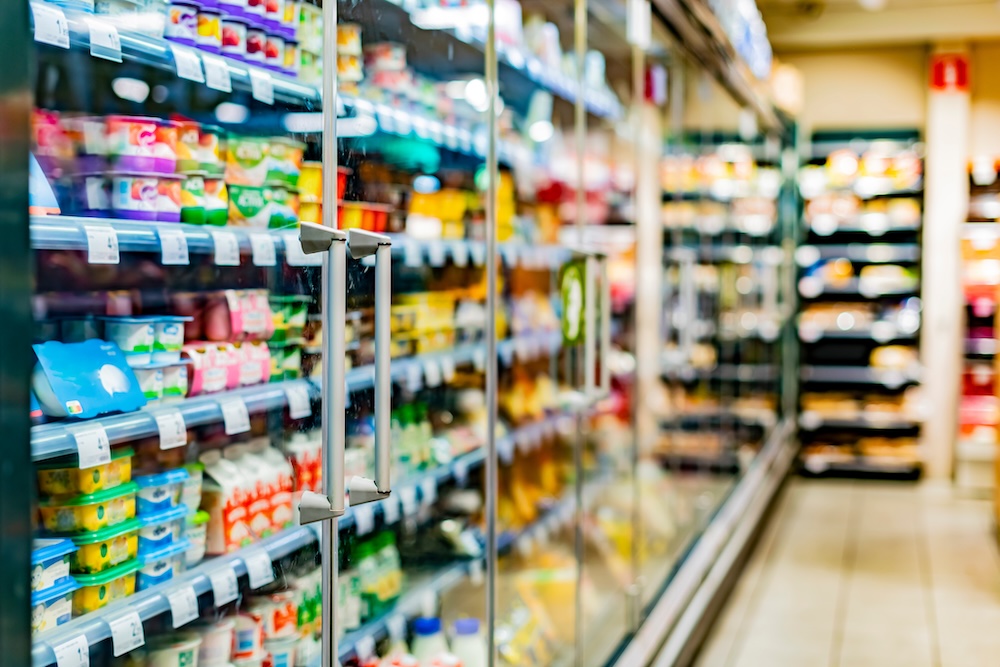Self-checkout kiosks have become ubiquitous across the UK grocery sector, with one notable exception. Although a near-universal presence in supermarkets, self-checkout is yet to have the same impact on convenience stores.
The trajectory of self-checkout adoption in grocery stores has very much been top-down. The first self-checkout aisles appeared in the largest hypermarkets. Much more recently, discounters like Aldi and Lidl have got on board, too, while the larger chains have started to introduce more and more self-checkouts in their smaller outlets.
Overall, there are now more than 80,000 self-checkout kiosks in UK grocery stores. But only a fraction of these are in C-stores. What gives?
C-Stores Bide Their Time
Various things could explain why the convenience sector has been slow on the uptake with self-checkout. One obvious reason is floor space. Even though the line between a C-store and supermarket has become somewhat blurred as big chains have looked to open more smaller, local outlets, there’s still a notable difference between even the smallest of these and your average corner shop-sized business. Many C-stores have only one single POS position. Finding room to add a payment kiosk isn’t easy.
Another reason is C-store owners might understandably be keen to see where self-checkout technology, and crucially shopper attitudes to it, go next. There’s been some backlash in recent years against the extent to which supermarkets have pushed out unmanned checkouts for their own benefit, ignoring the fact that a) some people prefer a staffed lane and b) the self-checkout experience isn’t always as smooth as it could be. For smaller operators, investing in something their customers might not even appreciate doesn’t make sense.
Kiosks Aren’t All About Checkout
But there is another side to this story. When we talk about kiosks in the context of grocery, the conversation always seems to gravitate towards self-checkout. That’s no doubt a result of how adoption in the supermarket sector has gone. But there are alternative uses for kiosks that could bring C-store owners immediate benefits.
For example, many C-stores sell lottery tickets and scratch cards of various kinds. Customers have to ask the cashier to print or otherwise process the ticket for them at checkout. They’re not off-the-shelf items. This can cause delays that turn into queues at busy times. Ticketing kiosks would allow customers to choose, print/dispense and pay for these away from the main checkout, allowing other customers to get served and maintaining a good flow.
Ticketing kiosks could also be adapted to create new revenue options for C-store owners. Many already have small mini-kiosks for printing delivery labels major delivery services like Evri, with the store serving as a pick-up and drop-off point. This could be extended into selling gift cards, or event and transport tickets.
Another example is vending kiosks. Already a common sight in fuel forecourts, modern vending kiosks are able to dispense everything from made-to-order branded hot drinks to hot and chilled snacks. Again, the attraction of a kiosk is taking the service away from the main checkout, so it doesn’t delay other customers. Many such machines still require the customer to queue up to pay for the item at the checkout. But this is an inconvenience, and can easily be solved by having payment options on the machine.
